Tue, 02 February, 2021
The EC-funded OLEDSOLAR Project, which aims to develop innovative manufacturing processes and in-line monitoring techniques to detect defects in solar panels, has achieved a milestone related to in-line inspection and quality control at various stages of OLED and thin film photovoltaics production.
This aspect of the project saw TWI work with fellow consortium members IRIS, SAL, Fraunhofer, VTT and LEITAT to develop various inspection techniques and their associated software.
Fellow consortium member, Brunel developed machine learning algorithms from data generated in earlier tasks in order to automate the defect detection process.
To evaluate their performance, the inspection systems and software have been validated for the specified material manufactured by several end-users.
These validated inspection systems and software are now ready to be implemented in-line where applicable, with a selection to be further optimised and fine-tuned for final integration with production lines.
The various tasks undertaken in this work are shown in more detail below.
IRIS developed an in-line optical inspection system and the associated software based on the spectral reflectance method, as shown in Figure 1. The associated analysis algorithms were developed and performed/outsourced the optical characterisation of the materials of the film samples as received from the end-users (DTF and ASPF). Satisfactory results were received from the laboratory system, as shown in Figure 2.
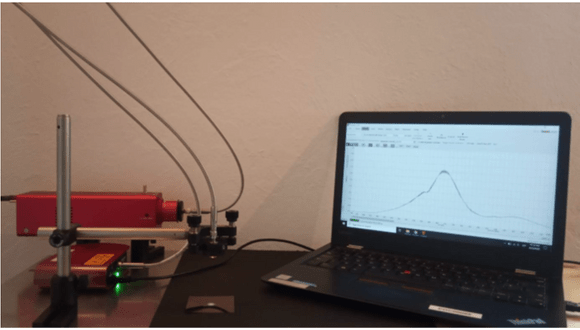 Figure 1. Laboratory optical inspection system
Figure 1. Laboratory optical inspection system
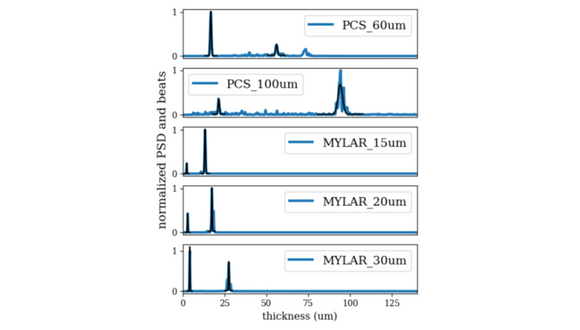 Figure 2. Satisfactory results of spectral reflectance signals for different bi-layer films from end user (DTF)
Figure 2. Satisfactory results of spectral reflectance signals for different bi-layer films from end user (DTF)
TWI led NDT inspection techniques for quality control measures of thin film photovoltaics. A dark lock-in thermography (DLIT) inspection system and the associated software was developed. The DLIT system was validated, allowing printing defects and variation in the print quality of conductor material to be detected on VTT’s thin film sample. The DLIT setup developed at TWI is shown in Figure 3. The scratched sample the resulting amplitude is shown in Figure 4 and the scratched location shows up as hotspot that is clearly identifiable by using the DLIT system.
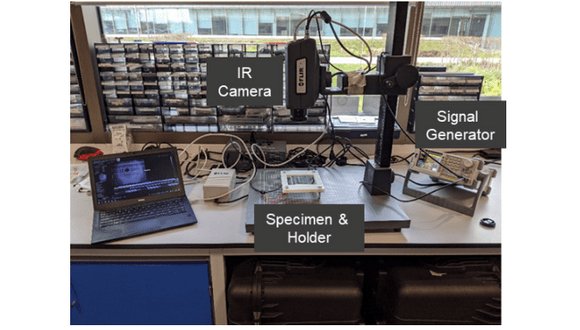 Figure 3.The Dark Lock-in Thermography (DLIT) system developed at TWI
Figure 3.The Dark Lock-in Thermography (DLIT) system developed at TWI
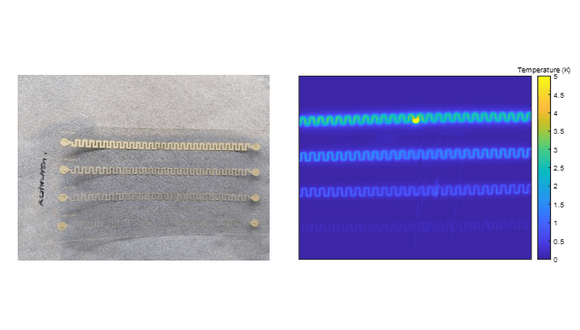 Figure 4. Scratched VTT sample and amplitude image
Figure 4. Scratched VTT sample and amplitude image
Meanwhile, SAL developed the inspection system and software based on Raman spectroscopy and Photoluminescence (PL) methods to estimate the composition as well as the expected performance. Two systems and software were tested on the CIGS samples from Solibro and TNO, yielding promising results. The proofs of concept of Raman spectroscopy and Photoluminescence (PL) were established. The actual realisation of the laboratory demonstrator for the PL measurement is illustrated in Figure 5 and Figure 6.
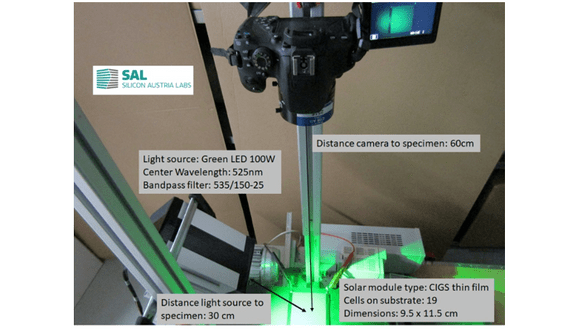 Figure 5. Lab demonstrator for the PL measurement
Figure 5. Lab demonstrator for the PL measurement
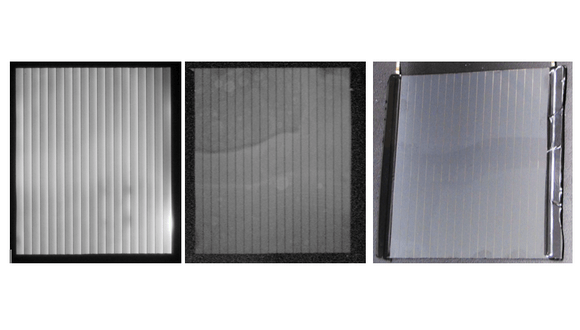 Figure 6. : Final PL results of the lab demonstrator
Figure 6. : Final PL results of the lab demonstrator
Fraunhofer developed an inline inspection system based on hyperspectral imaging (HSI) measurement for determination of barrier properties of barrier films, e.g., water vapour transmission rate (WVTR). As shown in Figure 7, the barrier properties (WVTR and pinhole density) of a large number of barrier films were measured using HIS, and machine learning methods were then applied to enable the prediction of the barrier properties of barrier films from the hyperspectral measurements. Figure 8 shows the matching by a comparison of predicted and measured WVTR of the investigated foils.
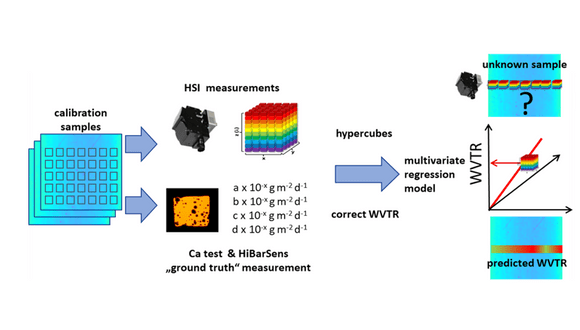 Figure 7. Approach for the prediction of WVTR of barrier films by HIS
Figure 7. Approach for the prediction of WVTR of barrier films by HIS
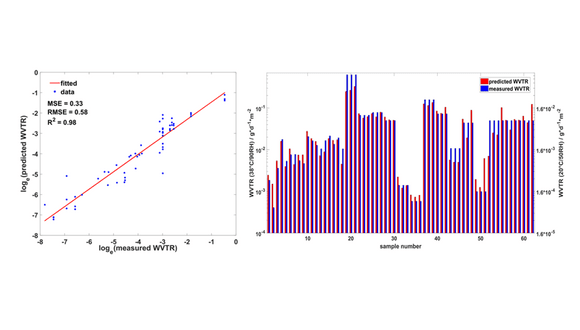 Figure 8. Comparison of the measured and the predicted WVTR
Figure 8. Comparison of the measured and the predicted WVTR
VTT developed in-line optical measurement system and acquisition software for quality control with a line scan camera and register accuracy measurement system at micrometer level. Figure 9 and Figure 10 shows the line scan camera and register camera implemented on the reeling machine and MAXI R2R pilot line at VTT’s premises.
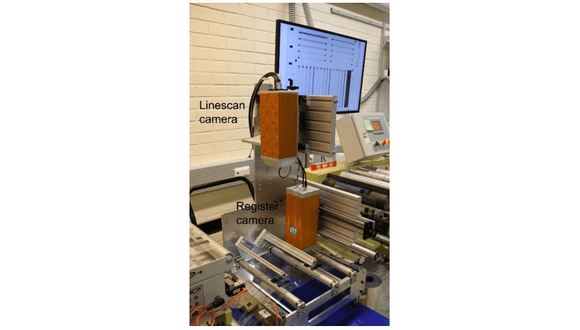 Figure 9. Line scan camera and register camera implemented on a reeling machine
Figure 9. Line scan camera and register camera implemented on a reeling machine
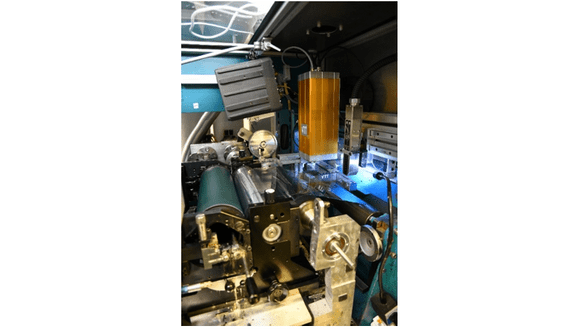 Figure 10. Register camera implemented on MAXI Pilot printing line
Figure 10. Register camera implemented on MAXI Pilot printing line
LEITAT developed a bending test set-up for conductive thin films on flexible substrates. The fatigue testing system has been validated on OLED samples provided by Fraunhofer and OPV samples provided by ASPF, with up to one thousand cycles to check the fatigue effects. Figure 11 shows the bending test up for fatigue testing of OLED and OPV samples and IV curves measured during the fatigue testing.
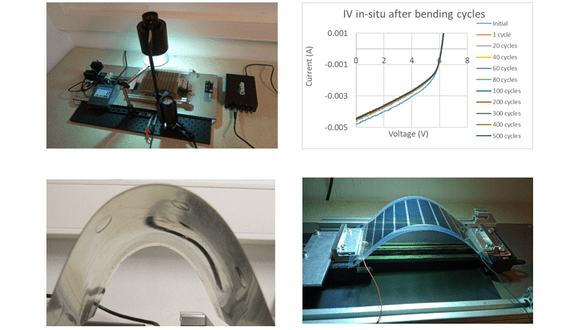 Figure 11. Fatigue testing on OLED and OPV samples
Figure 11. Fatigue testing on OLED and OPV samples
BUL developed automated defect detection algorithms using machine leaning and computer vision techniques. These methods have been validated using the optical images provided by Solibro (machine learning) and VTT (computer vision). The machine learning methods successfully automated the detection of different types of defects:
- Solibro - optical absorber layer inspection - optical inspection of CIGS surface looking for local Inhomogeneity
- VTT - Abnormalities in the optical inspection data of printed samples
Figure 12 shows successful automated defect detection of defects on CIGS and printed films based on machine leaning and computer vision techniques.
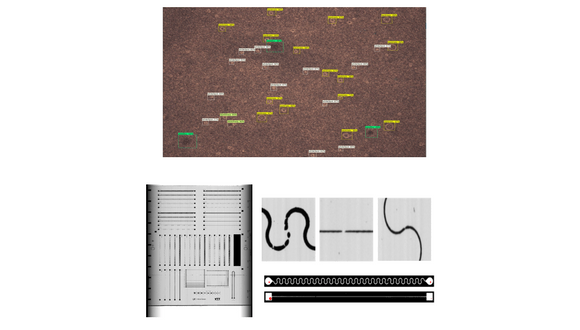 Figure 12. Machine learning based inspection on defects on thin films
Figure 12. Machine learning based inspection on defects on thin films